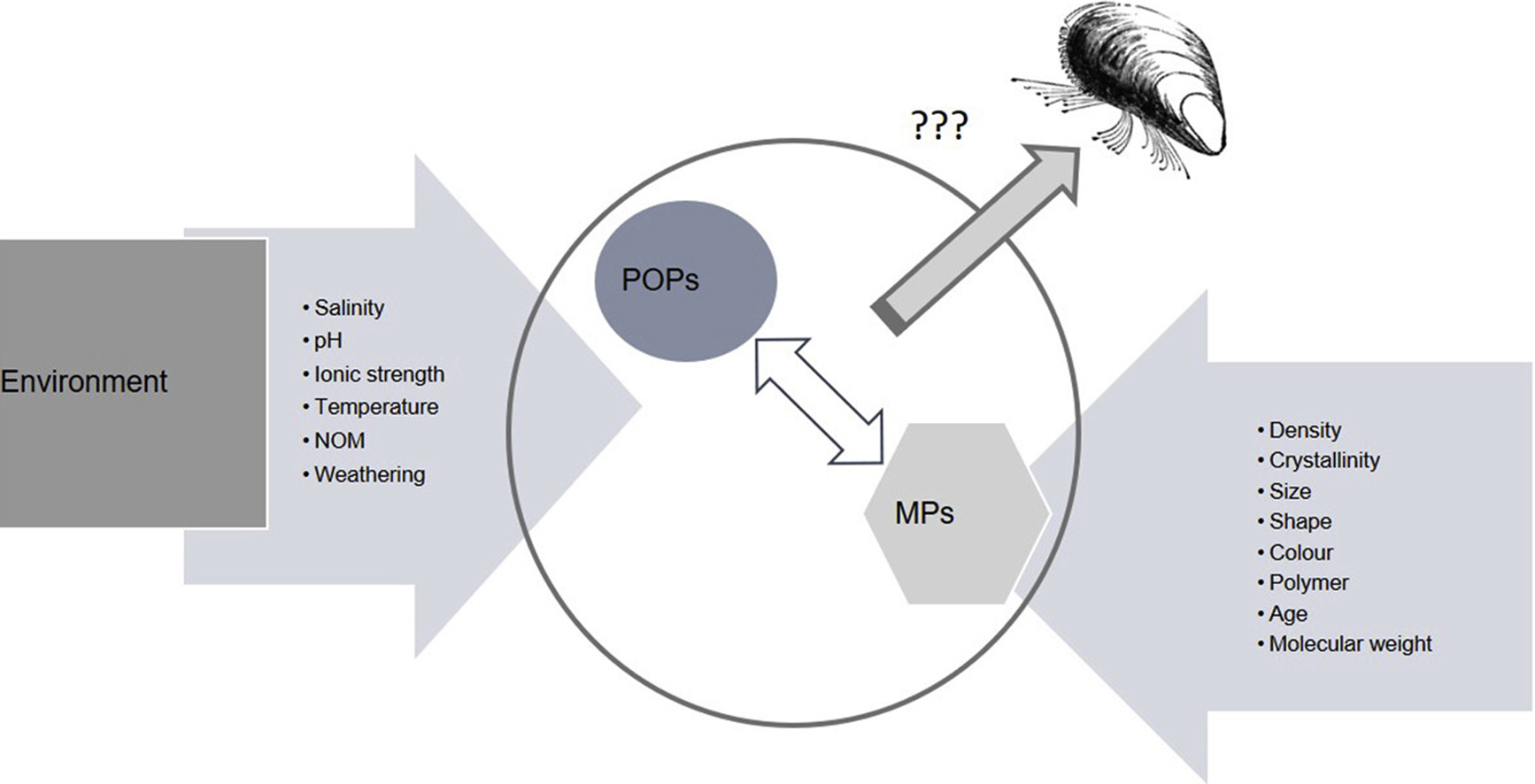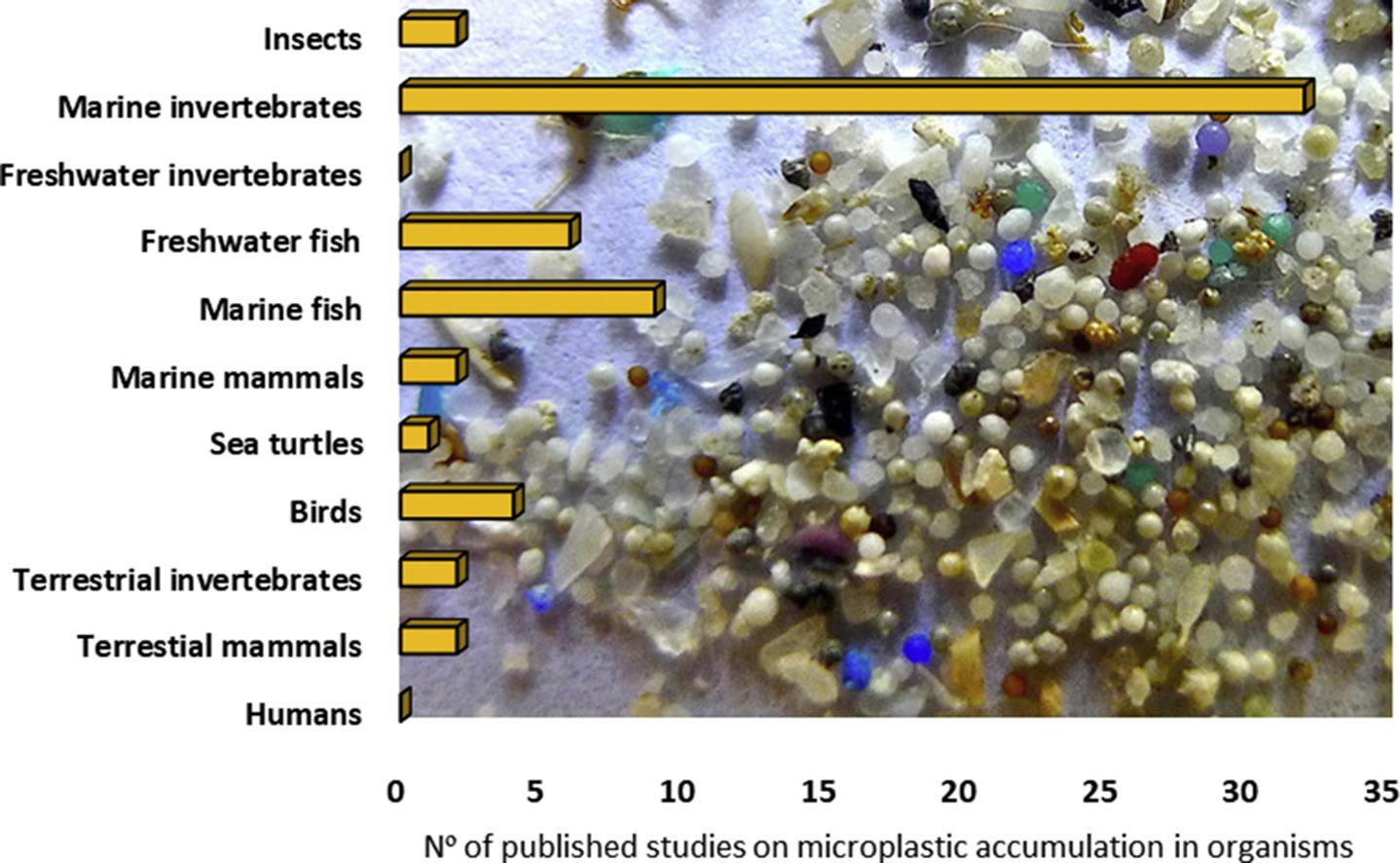Elsevier, The Lancet, Volume 393, 9 - 15 February 2019
Background: Women are under-represented in surgery and leave training in higher proportions than men. Studies in this area are without a feminist lens and predominantly use quantitative methods not well suited to the complexity of the problem. Methods: In this qualitative study, a researcher interviewed women who had chosen to leave surgical training.
Elsevier, The Lancet, Volume 393, 9 - 15 February 2019
Background: Clinical and preclinical studies have shown that there are sex-based differences at the genetic, cellular, biochemical, and physiological levels. Despite this, numerous studies have shown poor levels of inclusion of female populations into medical research. These disparities in sex inclusion in research are further complicated by the absence of sufficient reporting and analysis by sex of study populations. Disparities in the inclusion of the sexes in medical research substantially reduce the utility of the results of such research for the entire population.
Elsevier, TrAC - Trends in Analytical Chemistry, Volume 111, February 2019
Characterising microplastics based on spectroscopic measurements is one key step of many studies that analyse the fate of microplastics in the environment. Over the years, many potential sources of error were identified, which can be seen by the implementation of anti-contamination protocols, measuring laboratory blanks or using less aggressive chemicals for sample purification. However, the identification process itself in the meaning of a traceable and transparent documentation is hard to find in many research studies.
Elsevier, TrAC - Trends in Analytical Chemistry, Volume 111, February 2019
The presence of plastic debris in the ocean is increasing and several effects in the marine environment have been reported. A great number of studies have demonstrated that microplastics (MPs) adsorb organic compounds concentrating them several orders of magnitude than the levels found in their surrounding environment, therefore they could be potential vectors of these contaminants to biota. However, a consensus on MPs as vectors of persistent organic pollutants (POPs) has not been reached since are opposing views among different researchers on this topic.
Elsevier, TrAC - Trends in Analytical Chemistry, Volume 111, February 2019
Following a decade of research on the environmental impacts of microplastics, a knowledge gap remains on the processes by which micro and nanoplastics pass across biological barriers, enter cells and are subject to biological mechanisms. Here we summarize available literature on the accumulation of microplastics and their associated contaminants in a variety of organisms including humans. Most data on the accumulation of microplastics in both field and lab studies are for marine invertebrates.


